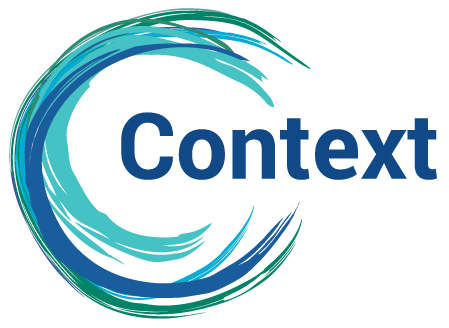Solving Complex Problems
By Mary Stacey
“Some problems are so complex that you have to be highly intelligent and well informed just to be undecided about them.” —Laurence Peter
A Traditional Approach to Problem Solving
When we’re thinking from a mechanistic worldview, we believe that the best way to work on a problem is to follow an orderly and linear process. We begin by understanding the problem, which usually includes gathering data. Then we move to formulating and implementing a solution.
Organizations have become accustomed to this linear pattern of thinking; individuals and teams use it naturally whenever faced with a problem. The conventional thinking is, the more complex the problem, the more important it is to follow this orderly flow. This linear approach is rooted in the mechanistic worldview of the industrial era. It still works well for simple problems in stable systems, where we need to produce workable solutions in acceptable time frames.
In this era, organizations have become more complex—and so have their problems. In addition to the linear methods we can use to solve simple problems, we need approaches that meet the demands of our organizations as they are now: complex, ambiguous, and evolving. This need is reinforced every time we try to use traditional problem solving methods on a complex problem: the result is frustration and ineffectiveness.
Solving Complex Problems
When we think about it, we can see that we often naturally use a ‘different’ problem solving approach when working on problems that emerge or are delegated to us in teams.
These emergent problems seem more complex; we find ourselves confronting more information, and more diverse perspectives, than when we are working with a simple problem. Signs that we are working on a complex problem include disagreement among stakeholders, and weeks or months of trying without getting to a solution.
Intuitively we know that we can’t absorb all the information that lies beneath the surface of these problems. They require us to unleash creativity and engage in opportunity-based thinking. For some of us, this seems like a chaotic process and takes getting used to.
We quickly realize that it is not possible to reach one ideal solution for a complex problem. We begin to take into account the number of stakeholders and their varying perspectives, the dynamic nature of identifying the problem, and changing constraints such as time and perception. Since there is no definitive ‘problem’, there is also no definitive ‘solution’. We learn to feel comfortable achieving a ‘good enough’ solution that will move us forward—one that acknowledges the evolving nature of our organizational reality.
In complex problem solving we alter our definition of progress. Linear methods allow as smooth, straight ride from a well-positioned problem to a final solution. Progress can often be measured quantitatively. Solving a complex problem is for the most part quantitative: it has to do with what we are learning about both the problem and the solution. Moreover, even though we know we won’t discover “the problem”, we can move toward finding a satisfactory statement of the situation to enable everyone to work toward agreement.
Look for opportunities for breakthroughs, synergies, connections, and relationships. Move toward making decisions quickly, even before you feel ready, because you know that decisions and partial solutions will flush out new aspects of the problem. Use meetings as occasions for learning and building shared understanding. Welcome constructive (idea-based) conflict as a sign that your stakeholders are committed to the effort. Perhaps most importantly, manage the scope of the problem. Determine who needs to be involved and how they can participate. Choose which constraints to be ruled by, which to bend, which to ignore.
Learning to distinguish simple and complex problems has positive side effects. Most of us are accustomed to trying to get to the bottom line or get to the right answer. We jump to a solution—any solution—when confronted with a question or issue. Once we recognize that the most interesting problems in life cannot be solved definitively we naturally shift our problem solving focus to the quality of the process. We ultimately value learning over getting the right answer, which we realize doesn’t exist anyway. Not only is this more satisfying, it produces higher quality results.

